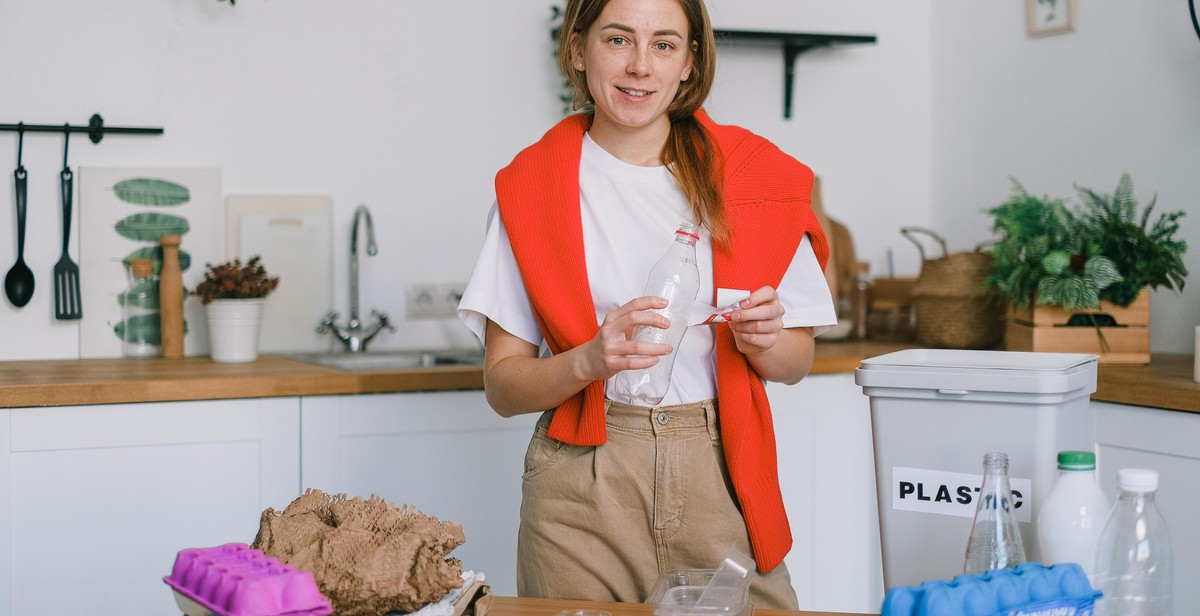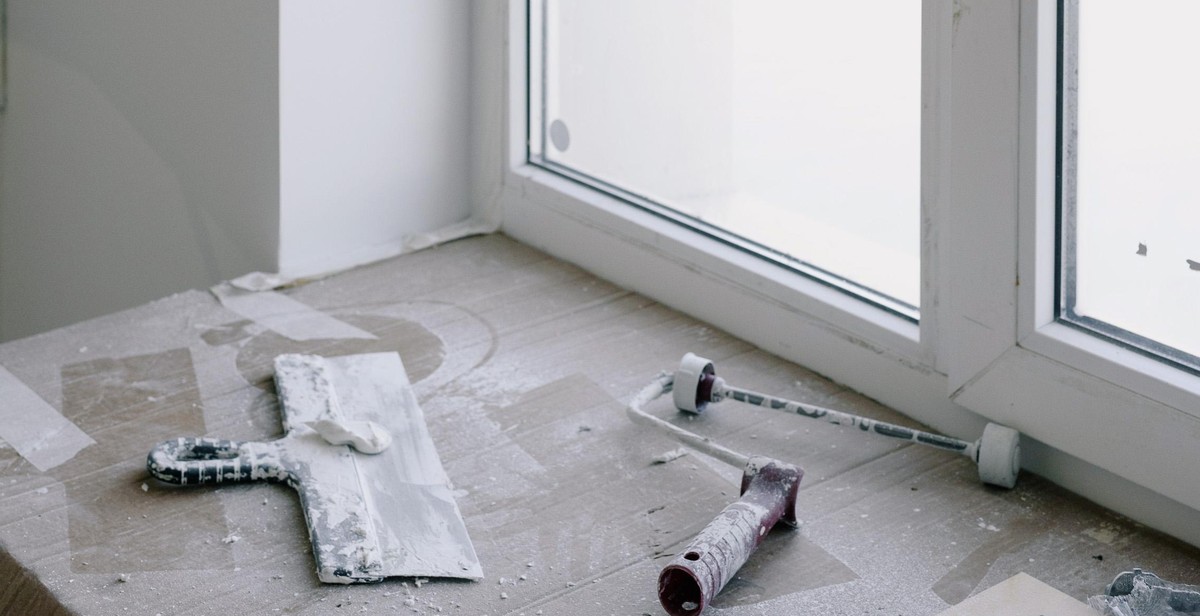How to Start an Indoor Worm Composting Bin: Turning Kitchen Scraps into Nutrient-rich Soil
Indoor worm composting, also known as vermicomposting, is a sustainable and eco-friendly way of turning kitchen scraps and other organic waste into nutrient-rich soil. It involves the use of red worms to break down organic matter and convert it into a valuable fertilizer that can be used in gardens, houseplants, and even for potted herbs.
What is Indoor Worm Composting?
Indoor worm composting is a process that involves creating a controlled environment where red worms can thrive and break down organic waste. The worms consume the organic matter, breaking it down into nutrient-rich castings that can be used as a natural fertilizer. This process is a great way to reduce waste and create a sustainable source of nutrients for plants.
Why Start an Indoor Worm Composting Bin?
Starting an indoor worm composting bin has many benefits. It is an eco-friendly way to reduce waste and create a valuable fertilizer for plants. It also helps to improve soil structure and fertility, which leads to healthier and more productive plants. Additionally, worm composting is a great way to teach children about sustainability and the importance of reducing waste.
What You Will Need
To start an indoor worm composting bin, you will need a few basic supplies:
- A container: You can use a plastic or wooden bin with a lid.
- Bedding: Shredded newspaper or cardboard works well as bedding for the worms.
- Red worms: You will need red worms to break down the organic matter.
- Organic waste: Kitchen scraps such as fruit, vegetables, and coffee grounds can be used as food for the worms.
With these basic supplies, you can create a thriving indoor worm composting bin and turn your kitchen scraps into nutrient-rich soil.

Setting Up Your Indoor Worm Composting Bin
Before you start composting with worms, you need to set up your indoor worm composting bin. Here are the steps you need to follow:
Choosing the Right Location
The first step in setting up your indoor worm composting bin is to choose the right location. You want to choose a location that is convenient for you to access, but also one that is suitable for your worms. Here are some things to consider when choosing a location:
- Temperature: Worms prefer temperatures between 55°F and 77°F, so choose a location that is within this range.
- Light: Worms do not like light, so choose a location that is dark or has low levels of light.
- Airflow: Worms need oxygen to survive, so choose a location that has good airflow.
- Moisture: Worms need a moist environment to thrive, so choose a location that is not too dry or too damp.
Preparing the Bin
Once you have chosen the right location for your indoor worm composting bin, you need to prepare the bin. Here are the steps you need to follow:
- Choose a bin: You can use any type of container for your worm composting bin, as long as it has a lid and is at least 8 inches deep. A plastic storage container or a wooden box works well.
- Drill holes: You need to drill several small holes in the lid and the sides of the bin to allow for airflow.
- Add bedding: Worms need bedding to live in. You can use shredded newspaper, cardboard, or leaves as bedding. Make sure the bedding is moist but not soaking wet.
- Add food: You can add some food scraps to the bedding to get the worms started. Start with a small amount of food and gradually increase it as the worms start to multiply.
Adding the Worms
Once you have prepared the bin, it’s time to add the worms. Here are the steps you need to follow:
- Choose the right worms: You need to use red wigglers (Eisenia fetida) for your indoor worm composting bin. They are smaller and more efficient at composting than other types of worms.
- Add the worms: You can order red wigglers online or purchase them at a local bait and tackle shop. Start with a small number of worms (about 500) and gradually increase it as the worms start to multiply.
- Feed the worms: Once the worms are in the bin, you can start feeding them. You can add fruit and vegetable scraps, coffee grounds, eggshells, and other organic matter to the bin. Avoid adding meat, dairy, or oily foods.
By following these steps, you can set up your indoor worm composting bin and start turning your kitchen scraps into nutrient-rich soil for your plants!

Maintaining Your Indoor Worm Composting Bin
Maintaining an indoor worm composting bin is relatively easy, but it does require some attention to ensure that your worms are healthy and your compost is of good quality. Here are some things you should keep in mind:
Feeding Your Worms
Worms in your compost bin need a balanced diet to thrive. You should feed them a mix of brown and green materials, such as fruit and vegetable scraps, coffee grounds, eggshells, and shredded paper. Avoid feeding them meat, dairy, oily foods, and citrus fruits, as these can attract pests and create an unpleasant odor.
It’s important not to overfeed your worms, as this can cause the bin to become too wet and create anaerobic conditions that can harm your worms. A good rule of thumb is to feed your worms about half their weight in food scraps each week. You can bury the food scraps in the bedding to help control moisture and odors.
Harvesting the Compost
After a few months, your worms will have turned the bedding and food scraps into nutrient-rich compost. Harvesting the compost is a simple process that involves separating the worms from the compost. Here’s how to do it:
- Stop feeding your worms for a week before harvesting to encourage them to migrate to one side of the bin.
- Remove the top layer of bedding and set it aside.
- Remove the compost from the side of the bin where the worms are not located.
- Screen the compost to remove any remaining worms and large pieces of undecomposed material.
- Add the screened compost to your garden or houseplants, and return the worms to the bin with fresh bedding and food scraps.
Troubleshooting
While maintaining an indoor worm composting bin is relatively easy, there are a few common issues that you may encounter:
| Issue | Cause | Solution |
|---|---|---|
| Odor | Overfeeding, too much moisture, or inappropriate food | Stop feeding for a few days, add more bedding to absorb moisture, and avoid feeding inappropriate food |
| Fruit flies | Overripe fruit or too much moisture | Remove any overripe fruit and reduce moisture levels by adding more bedding |
| Mold | Too much moisture and lack of air circulation | Add more bedding to absorb moisture and mix the compost to improve air circulation |
By following these tips and troubleshooting advice, you’ll be able to maintain a healthy and productive indoor worm composting bin, turning your kitchen scraps into nutrient-rich soil for your plants.

Conclusion
Starting an indoor worm composting bin is a great way to turn your kitchen scraps into nutrient-rich soil for your plants. With just a few simple steps, you can create a thriving ecosystem of worms that will break down your food waste and turn it into compost.
Tips for Success
- Choose the right container for your composting bin
- Use the right bedding material to keep your worms happy and healthy
- Feed your worms a balanced diet of kitchen scraps
- Monitor your composting bin regularly to ensure that it’s working properly
- Harvest your compost regularly to use in your garden or potted plants
Benefits of Indoor Worm Composting
Indoor worm composting has many benefits, including:
- Reducing the amount of food waste that goes to the landfill
- Producing nutrient-rich compost for your plants
- Reducing greenhouse gas emissions from food waste
- Creating a fun and educational project for kids and adults alike
Final Thoughts
Starting an indoor worm composting bin is easy and rewarding. With a little bit of effort and attention, you can turn your kitchen scraps into valuable compost that will help your plants thrive. So why not give it a try and start your own indoor worm composting bin today?
